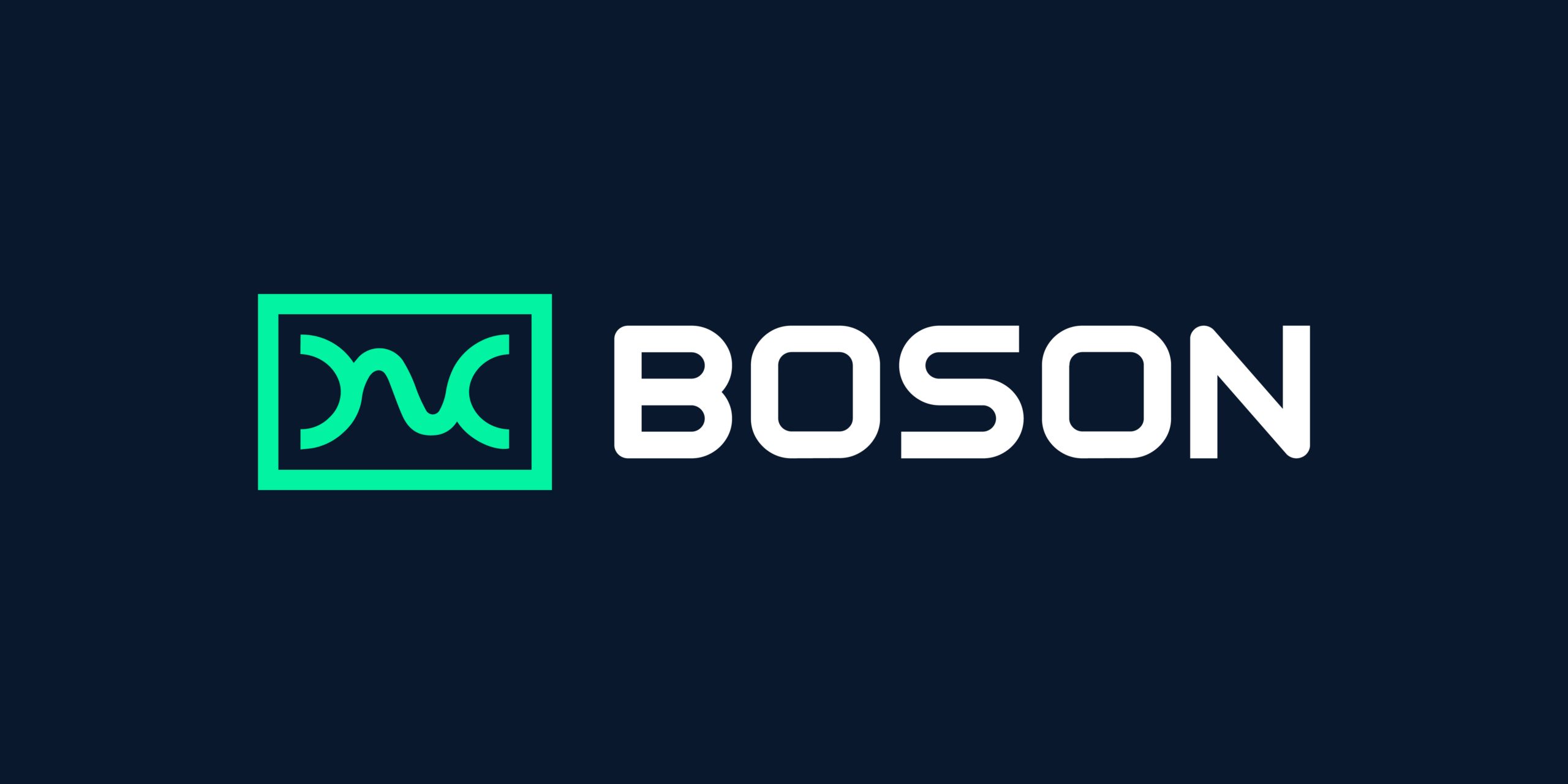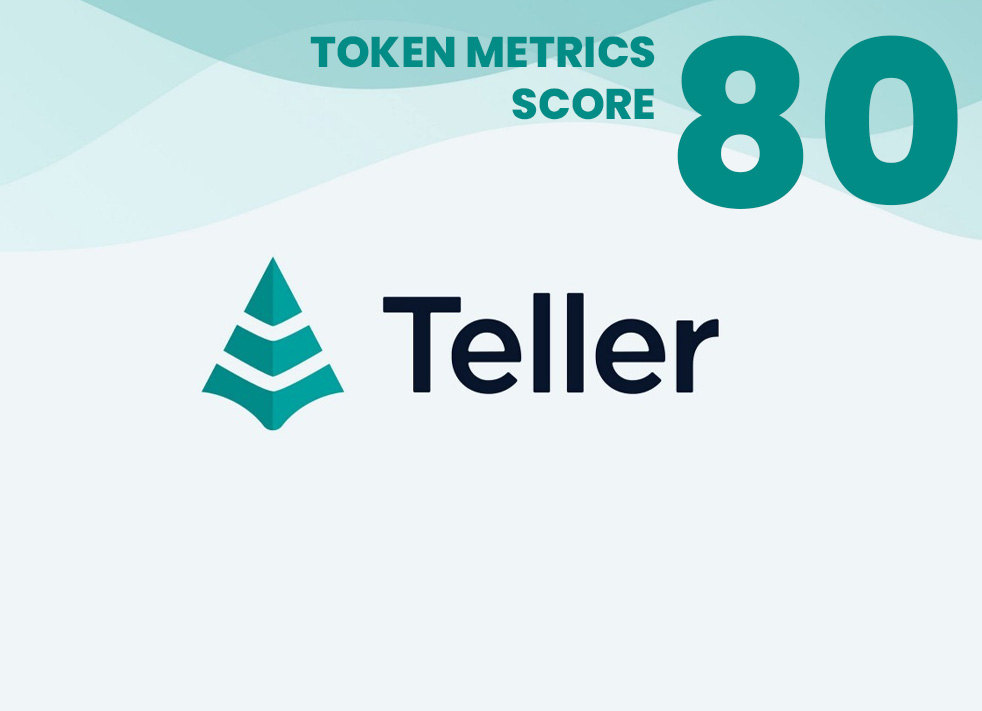Introduction
Boson Protocol represents a pioneering effort to integrate blockchain technology with real-world commerce. Developed by Redeemeum Labs and a consortium of decentralized teams, it introduces a novel approach to the decentralized exchange of physical goods without reliance on centralized intermediaries. By leveraging blockchain’s inherent trust and automation, Boson Protocol aims to redefine how we think about commercial transactions in the digital age.
Innovation
At the heart of Boson Protocol’s innovation is the concept of Redeemable NFTs (rNFTs), which serve as forward contracts for physical assets. This mechanism tokenizes real-world assets and ensures their seamless integration into the blockchain ecosystem. The protocol’s decentralized actuator oracle is crucial in bridging the gap between on-chain and off-chain worlds, enabling reliable execution of transactions based on predefined terms.
Architecture
Boson Protocol employs a layered architecture that balances complexity with functionality. Its core is built on a permissionless peer-to-peer system that facilitates fair, automated, and trust-minimized exchanges. The architecture includes a dispute resolution module grounded in game theory, which minimizes third-party intervention. Additionally, the phygital engine exemplifies the protocol’s innovative approach to combining digital and physical realms, enhancing the utility and flexibility of NFTs.
Code Quality
The protocol is underpinned by a robust codebase characterized by high quality and reliability. The Core SDK, a comprehensive suite of libraries and visual components, underscores the project’s commitment to developer enablement. By providing these tools, Boson Protocol encourages the creation of custom marketplaces and applications, contributing to a vibrant ecosystem.
Boson Protocol Product Roadmap
While specific details of the roadmap are not outlined here, the foundation laid by the protocol’s current capabilities suggests a forward-thinking approach. Future developments will likely focus on expanding the usability of rNFTs, enhancing the dispute resolution process, and further decentralizing the ecosystem to empower users and developers alike.
Usability
Boson Protocol’s usability is evident in its straightforward exchange process and the provision of a Core SDK designed for ease of integration. These aspects ensure end-users and developers can navigate the ecosystem with minimal friction. The protocol’s emphasis on automation and trust minimization further enhances the user experience by reducing the need for manual intervention and reliance on external parties.
Team
Boson Protocol’s development and strategic vision are driven by Redeemeum Labs, supported by a growing network of decentralized teams. This collaborative approach not only diversifies the skill set and expertise but also fosters a decentralized governance model that aligns with the ethos of the blockchain community.
Conclusion
Boson Protocol emerges as a formidable solution in decentralized commerce, distinguished by its innovative use of blockchain technology to facilitate the exchange of physical goods. Its architecture, high code quality, and a clear vision for future development position it as a significant contributor to the blockchain ecosystem. Its impact on the blockchain community and the broader commercial landscape will undoubtedly be worth watching as it progresses.
| Initial Screening | |||
| Keep researching | |||
| Does this project need to use blockchain technology? | Yes | ||
| Can this project be realized? | Yes | ||
| Is there a viable use case for this project? | Yes | ||
| Is the project protected from commonly known attacks? | Yes | ||
| Are there no careless errors in the whitepaper? | Yes | ||
| Project Technology Score | |||
| Description | Scorecard | ||
| Innovation (Out Of 11) | 9 | ||
| How have similar projects performed? | Good | 2 | |
| Are there too many innovations? | Regular | 2 | |
| Percentage of crypto users that will use the project? | 6%-10% | 3 | |
| Is the project unique? | Yes | 2 | |
| Architecture (Out of 12) | 9 | ||
| Overall feeling after reading whitepaper? | Good | 2 | |
| Resistance to possible attacks? | Good | 2 | |
| Complexity of the architecture? | Not Too Complex | 2 | |
| Time taken to understand the architecture? | 20 – 50 min | 1 | |
| Overall feeling about the architecture after deeper research? | Medium | 2 | |
| Has the project been hacked ? | No | 0 | |
| Code Quality (out of 15) | 15 | ||
| Is the project open source? | Yes | 2 | |
| Does the project use good code like C,C++, Rust, Erlang, Ruby, etc? | Yes | 2 | |
| Could the project use better programming languages? | No | 0 | |
| Github number of lines? | More than 10K | 1 | |
| Github commits per month? | More than 10 | 2 | |
| What is the quality of the code? | Good | 2 | |
| How well is the code commented? | Outstanding | 2 | |
| Overall quality of the test coverage? | Outstanding | 2 | |
| Overall quality of the maintainability index? | Outstanding | 2 | |
| When Mainnet (out of 5) | 5 | ||
| When does the mainnet come out? | Mainnet Ready | 5 | |
| Usability for Infrastructure Projects (out of 5) | 5 | ||
| Is it easy to use for the end customer? | Yes | 5 | |
| Team (out of 7) | 6 | ||
| Number of active developers? | 5+ | 2 | |
| Developers average Git Background? | Intermediate | 1 | |
| Developers coding style? | Outstanding | 3 | |
| Total Score (out of 55) | 49 | ||
| Percentage Score | |||
| Innovation | 16.36% | ||
| Architecture | 16.36% | ||
| Code Quality | 27.27% | ||
| Mainnet | 9.09% | ||
| Usability | 9.09% | ||
| Team | 10.91% | ||
| Total | 89.09% |





